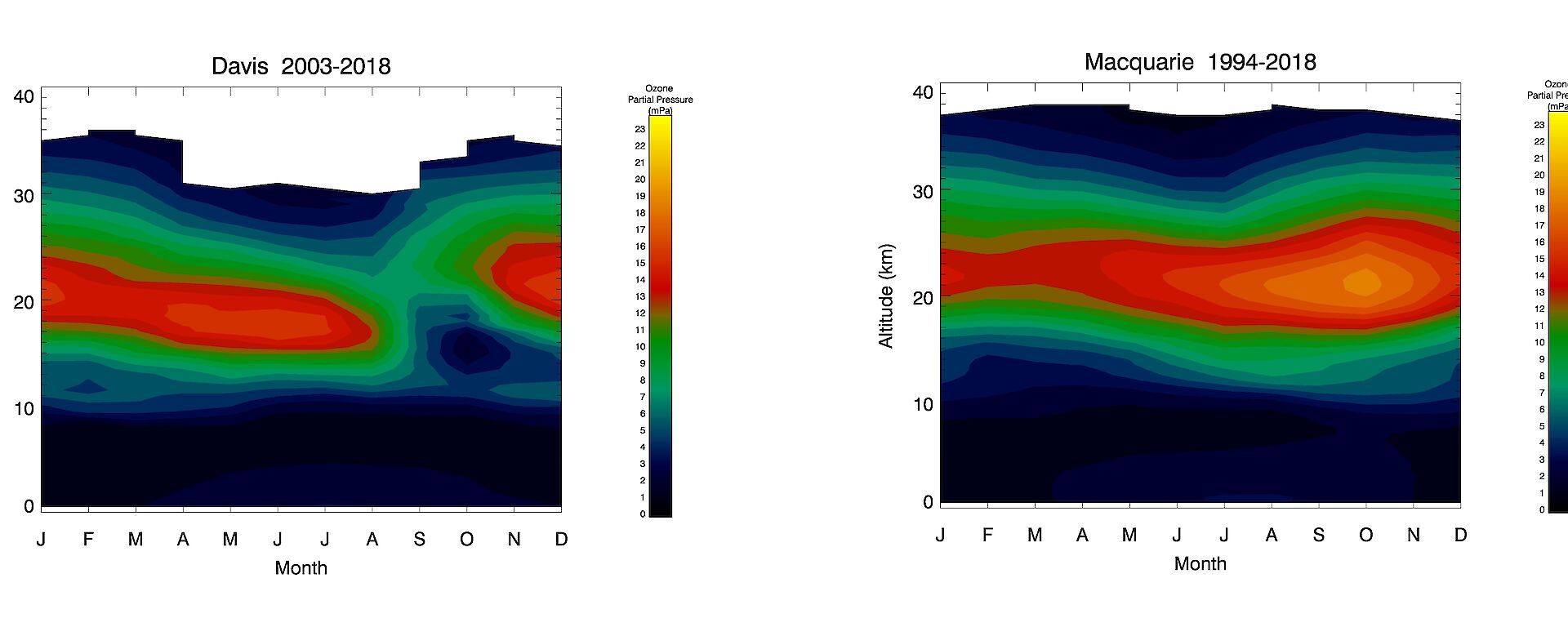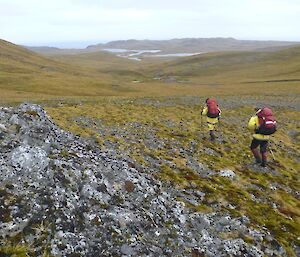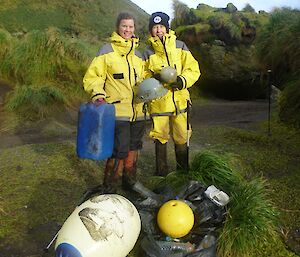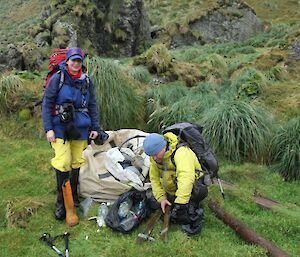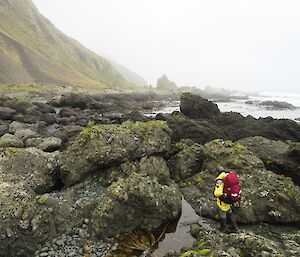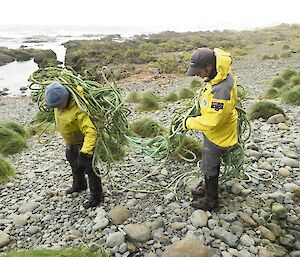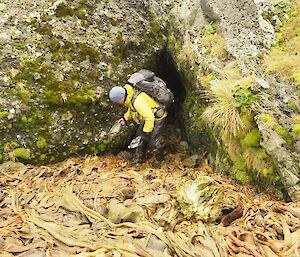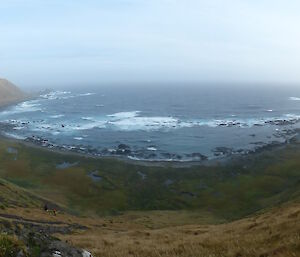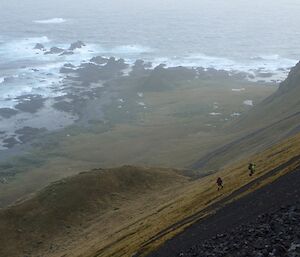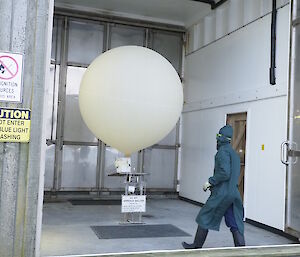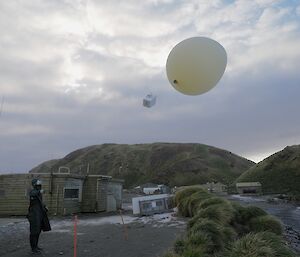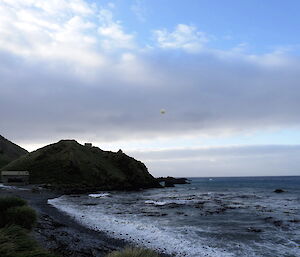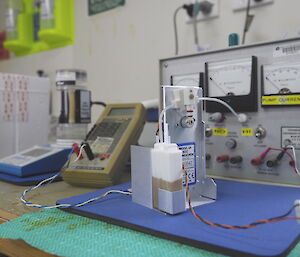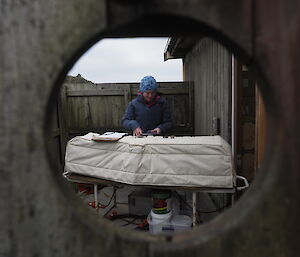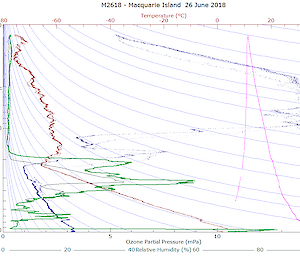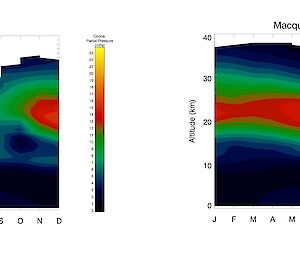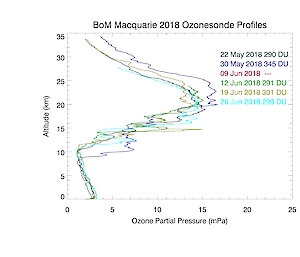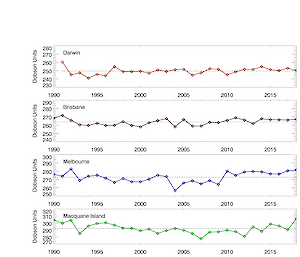The significance of World Environment Day (5 June) was certainly not overlooked by the Macquarie Island team. The team pulled together throughout the month of June to undertake a series of coordinated marine debris collection trips to the remote west coast of Macquarie Island. The target area — a 8 kms long section from Sellick Bay to Cape Toucher.
For most of the year, this section of coast line has restricted access to allow for the undisturbed breeding of sensitive Giant Petrels. A brief gap in the breeding cycle occurs during June and July, allowing teams to set about the task of the debris recovery along the rocky coast. The old saying of the ‘journey not so much the destination’ certainly comes to mind here.
Each team typically covers about 55kms over the duration of their four days in the field. In real terms, the teams only get to cover 1–1.5kms of the target area, over about a 2hr period — the rest of the time is spent getting to and from the location! The short daylight hours for this time of year severely limit the amount of time that can actually be spent picking up rubbish. Not everyone can be in the field at the same time — the half way accommodation at Davis Point can only hold three people at a squeeze! Mind you the willingness of fellow expeditioners to swap station duty rosters and keep the home fires burning certainly makes it easy for the rest to head off to the field! The motivation of removing rubbish from what should be a pristine piece of shore is certainly high on everyone’s agenda, although the chance to spend some time exploring a typically inaccessible remote section of the island, as well as camping overnight in a water-tank hut is not overlooked.
Under the coordination and guidance of Ranger-in-Charge Chris, teams of three at a time have set about the task of scouring the boulder strewn coastline. Each team has been allocated a discreet section of coast working from Sellick Bay in the north towards the half way point of Davis Point, then if time permits on to Cape Toucher. Rubbish recovered has been added to existing marine debris caches already established at strategic locations — each sited for potential recovery via support of helicopters during island resupply later in the season.
Efforts from previous years have revealed large quantities of rubbish of all sorts from floats and buoys to plastic bottles, rope string nets and large quantities of micro plastics.
The task is only partly completed but results thus far have been very promising with an amazing decrease in the amount of rubbish recovered. The usual array of plastic bottles, the odd fishing float, small quantities of rope, one gum boot and one old hard hat are typical of what has been collected so far.

